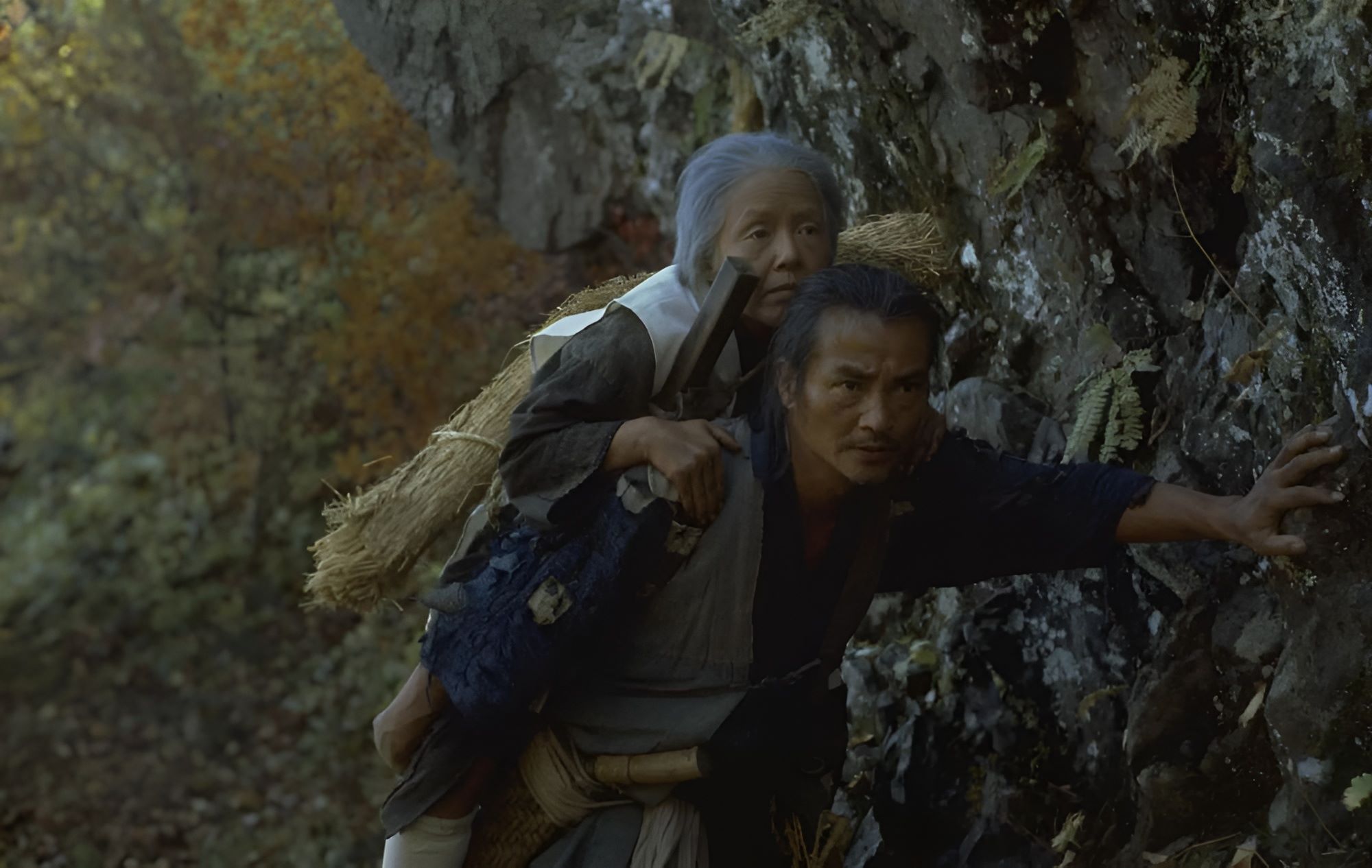
Ubasute is a haunting practice from Japanese folklore where elderly or infirm family members were allegedly abandoned in remote locations, often mountains, to die. This grim tradition, though debated in historical accuracy, has permeated literature, films, and cultural discussions. Why did such a practice exist? Some believe it was driven by extreme poverty and famine, forcing families to make heart-wrenching decisions. Others argue it’s more myth than reality, a cautionary tale about filial piety and societal values. Regardless of its truth, ubasute remains a powerful symbol of the struggles between survival, morality, and family duty. Let's delve into 35 intriguing facts about this chilling legend.
Key Takeaways:
- Ubasute, an ancient Japanese practice, sheds light on historical survival strategies and societal values, inspiring literature, art, and modern media.
- The concept of ubasute prompts ethical discussions about elderly care, human dignity, and societal responsibility, serving as a cautionary tale against neglect and ageism.
Ubasute: A Glimpse into the Past
Ubasute, a practice from Japanese folklore, has intrigued many for centuries. This ancient custom involves abandoning an elderly relative in a remote location, typically a mountain, to die. While it may sound grim, it offers a fascinating look into historical societal norms and survival strategies.
- Ubasute translates to "abandoning the old woman" in Japanese.
- The practice is also known as "Obasute" or "Oyasukai".
- It is believed to have been practiced during times of famine or extreme hardship.
- Mountains were often chosen as the location for ubasute due to their isolation.
- The custom is largely considered mythical rather than a widespread historical reality.
Cultural Significance of Ubasute
Ubasute has left a lasting impact on Japanese culture, influencing literature, art, and even modern media. Understanding its cultural significance helps us appreciate its role in shaping societal values.
- Ubasute is featured in the Tale of the Heike, a classic Japanese epic.
- The practice is depicted in the Noh play "Obasute".
- Matsuo Basho, a famous haiku poet, referenced ubasute in his works.
- The concept appears in the 1983 film "The Ballad of Narayama".
- Ubasute has inspired various manga and anime storylines.
Historical Context of Ubasute
To grasp the origins of ubasute, one must delve into the historical context in which it supposedly occurred. This helps explain why such a practice might have been considered.
- Ubasute is thought to have emerged during the Heian period (794-1185).
- It was a response to severe food shortages and overpopulation.
- The practice reflects the Confucian value of filial piety.
- Ubasute was seen as a sacrifice for the greater good of the family.
- Some historians argue it was a symbolic rather than literal practice.
Ubasute in Literature and Folklore
The tales of ubasute have been passed down through generations, often serving as cautionary stories or moral lessons. These stories provide insight into the values and fears of past societies.
- The Tale of Ubasuteyama is a well-known folktale about the practice.
- In the story, an elderly woman is abandoned but later rescued by her son.
- The tale emphasizes the importance of compassion and family loyalty.
- Ubasute stories often highlight the harsh realities of survival.
- These tales serve as moral lessons about the consequences of abandoning the elderly.
Modern Interpretations of Ubasute
In contemporary times, ubasute has been reinterpreted in various ways, reflecting changing societal values and advancements in understanding human rights and ethics.
- Modern scholars view ubasute as a metaphor for societal neglect of the elderly.
- The practice is sometimes used to discuss elderly care in modern Japan.
- Ubasute has been referenced in discussions about euthanasia and assisted suicide.
- The concept has been explored in psychological and sociological studies.
- Ubasute serves as a cautionary tale about the dangers of ageism.
Ubasute in Popular Culture
The idea of ubasute has permeated popular culture, appearing in various forms of media and entertainment. These representations often reflect contemporary concerns and values.
- Ubasute is depicted in the video game "Sekiro: Shadows Die Twice".
- The concept appears in the anime "Inuyasha".
- Ubasute has been referenced in Japanese television dramas.
- The practice is mentioned in the novel "The Wind-Up Bird Chronicle" by Haruki Murakami.
- Ubasute has inspired thematic elements in various horror films.
Ethical and Moral Questions Surrounding Ubasute
The practice of ubasute raises numerous ethical and moral questions, prompting discussions about the treatment of the elderly and the value of human life.
- Ubasute challenges the ethical principles of autonomy and beneficence.
- The practice raises questions about the dignity and worth of the elderly.
- Ubasute prompts discussions about societal responsibility towards the elderly.
- The concept highlights the moral dilemmas faced during times of extreme hardship.
- Ubasute serves as a reminder of the importance of compassion and care for all individuals, regardless of age.
Reflecting on Ubasute
Ubasute, a practice steeped in legend, offers a glimpse into the complexities of ancient Japanese culture. While some argue it was a myth, others believe it held a grim reality for those facing extreme hardship. This practice, whether real or symbolic, underscores the harsh conditions and societal pressures of the time.
Understanding ubasute helps us appreciate the progress humanity has made in terms of compassion and care for the elderly. It also serves as a reminder of the importance of supporting vulnerable populations. By learning about such practices, we can ensure history's mistakes aren't repeated.
So, next time you hear about ubasute, remember it's more than just a story. It's a reflection of human resilience and the enduring quest for a more humane society.
Frequently Asked Questions
Was this page helpful?
Our commitment to delivering trustworthy and engaging content is at the heart of what we do. Each fact on our site is contributed by real users like you, bringing a wealth of diverse insights and information. To ensure the highest standards of accuracy and reliability, our dedicated editors meticulously review each submission. This process guarantees that the facts we share are not only fascinating but also credible. Trust in our commitment to quality and authenticity as you explore and learn with us.


